Democratic Republic of the Congo Travel Guide
Discover Why You Should Visit the DR Congo
Why Visit the DR Congo?
The Democratic Republic of the Congo (DRC) is one of Africa’s most untamed and breathtaking destinations, rich in rainforests, wildlife, and unique cultures.
With opportunities to trek to see mountain gorillas, climb active volcanoes, and explore powerful rivers and waterfalls, it is a paradise for adventurous travelers and eco-tourists.
Ideal for: Wildlife enthusiasts, adventure travelers, off-the-beaten-path explorers, and nature photographers.
Must-Know Facts
Capital/Major City: Kinshasa
Language(s): French (official), Lingala, Swahili, Kikongo, Tshiluba
Currency: Congolese Franc (CDF)
Best Time to Visit: June to September (dry season)
Fun Fact: The Congo River is the deepest river in the world and the second largest in Africa.
Top Things to Do
Trek to see mountain gorillas in Virunga National Park
Climb Mount Nyiragongo, an active volcano with a lava lake
Cruise or kayak on the Congo River
Explore Garamba National Park and its rare species
Visit Zongo Falls for a scenic natural retreat
Local Culture & Lifestyle
DRC is a mix of over 200 ethnic groups, each with its own language and traditions.
Music and dance are central to Congolese life, especially soukous and rumba.
Family and community ties are strong, and art, storytelling, and spirituality are integral to everyday life.
Food & Drink Highlights
Street Food: Chikwangue (cassava bread), grilled goat meat, fried plantains
Restaurants: La Piscine (Kinshasa), Chez Tintin, Le Roi du Cossa
Drinks: Palm wine, local beer (Primus), ginger juice
Desserts: Beignets (fried dough balls), fruit platters
Main Dish & Culinary Symbols
Signature Dish: Moambe Chicken (chicken cooked in a rich peanut and palm butter sauce)
Common Ingredients: Cassava, maize, plantains, peanuts, fish, beans
Culinary Culture: Meals are often shared from a communal bowl, with a staple starch like fufu or rice.
Symbols & Icons of the Area
Natural Icons: Congo River, Mount Nyiragongo, tropical rainforests
Cultural Icons: Kuba textiles, wooden masks, vibrant music traditions
Hidden Gems & Off-the-Beaten-Path
Idjwi Island on Lake Kivu, known for peace and self-sufficiency
Kahuzi-Biega National Park for lowland gorilla trekking
Lola ya Bonobo sanctuary near Kinshasa for orphaned bonobos
Shopping & Souvenirs
What to Buy: Hand-carved masks, tribal drums, woven baskets, paintings
Where to Shop: Kinshasa artisan markets, local cooperatives, street vendors in Bukavu and Goma
Getting Around
Public Transport: Limited; informal taxis and motorbikes are common
Car Rentals: Necessary for long-distance travel; 4WD recommended
Tip: Domestic flights are often the fastest and safest option between regions
Walkability: Moderate in urban areas; less so in rural regions
Travel Tips
Travel with a guide, especially outside major cities
Vaccinations including yellow fever are required
Respect local customs and always ask before photographing people
Carry cash, as card usage is limited in most areas
Where to Stay
Budget: Hotel Pour Vous (Kinshasa), local guesthouses in Goma
Mid-range: Memling Hotel (Kinshasa), Hotel Horizon (Bukavu)
Luxury: Pullman Grand Hotel (Kinshasa), Mikeno Lodge (Virunga National Park)
Unique: Tented safari lodges or community-run eco-lodges in national parks
Sample 4-Day Itinerary
Day 1: Arrive in Goma, relax and explore local markets
Day 2: Trek to Nyiragongo Volcano and overnight at the summit camp
Day 3: Gorilla trek in Virunga National Park or visit Lola ya Bonobo sanctuary
Day 4: Return to Kinshasa or take a nature tour near Lake Kivu
Book With Region Waze Travel
Let Region Waze Travel help you experience the wild beauty of the DR Congo. From gorilla treks to river journeys. Book today to begin your immersive DR Congo adventures

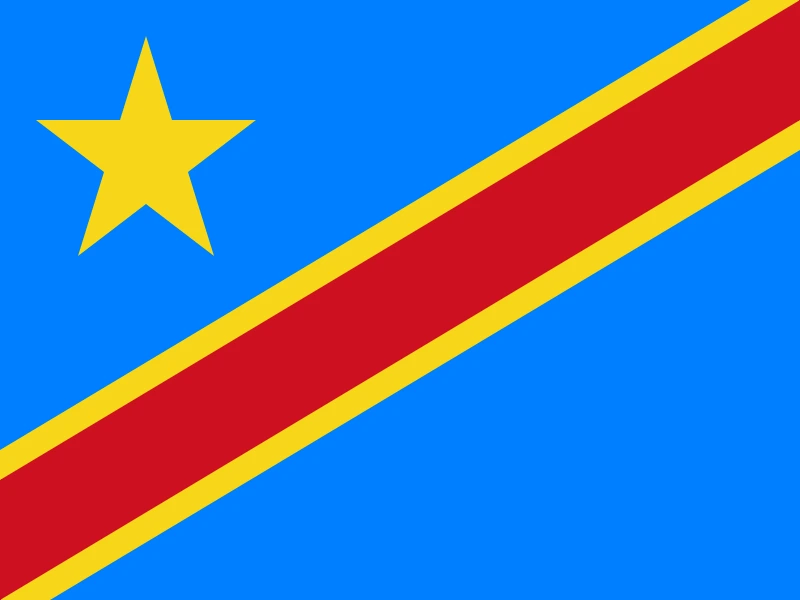
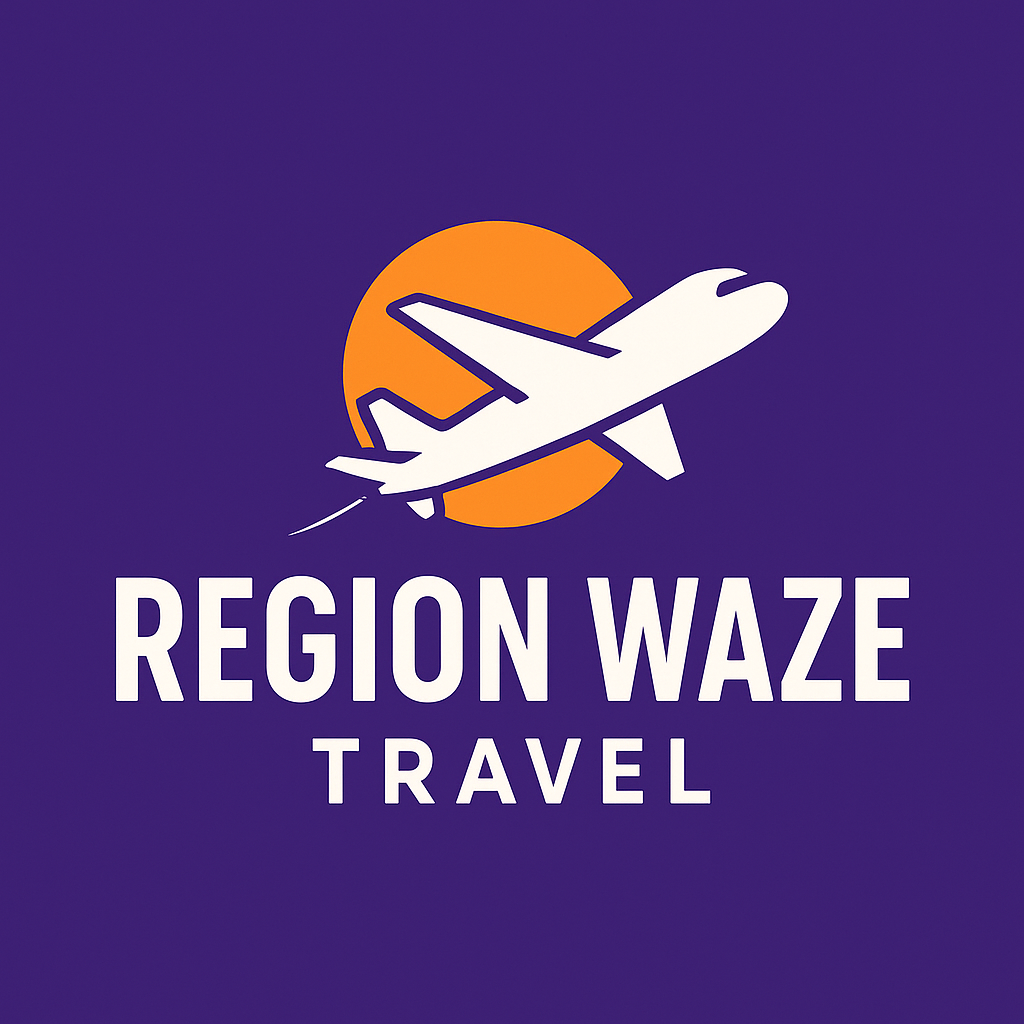
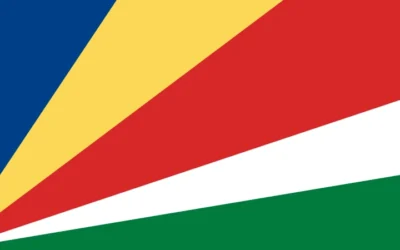
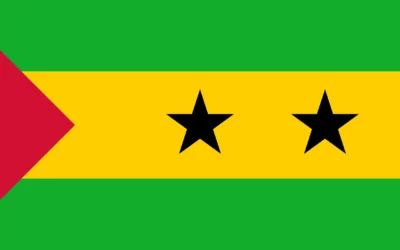
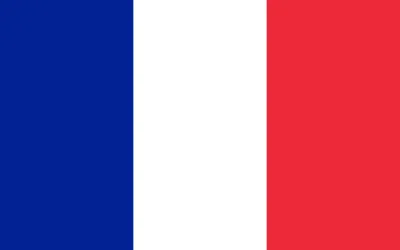
0 Comments